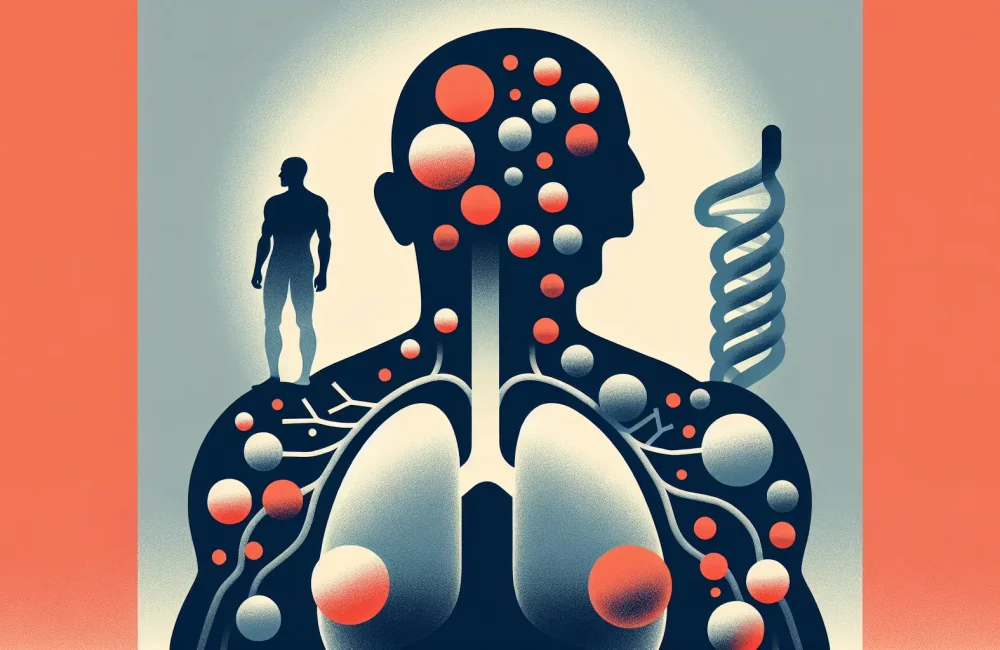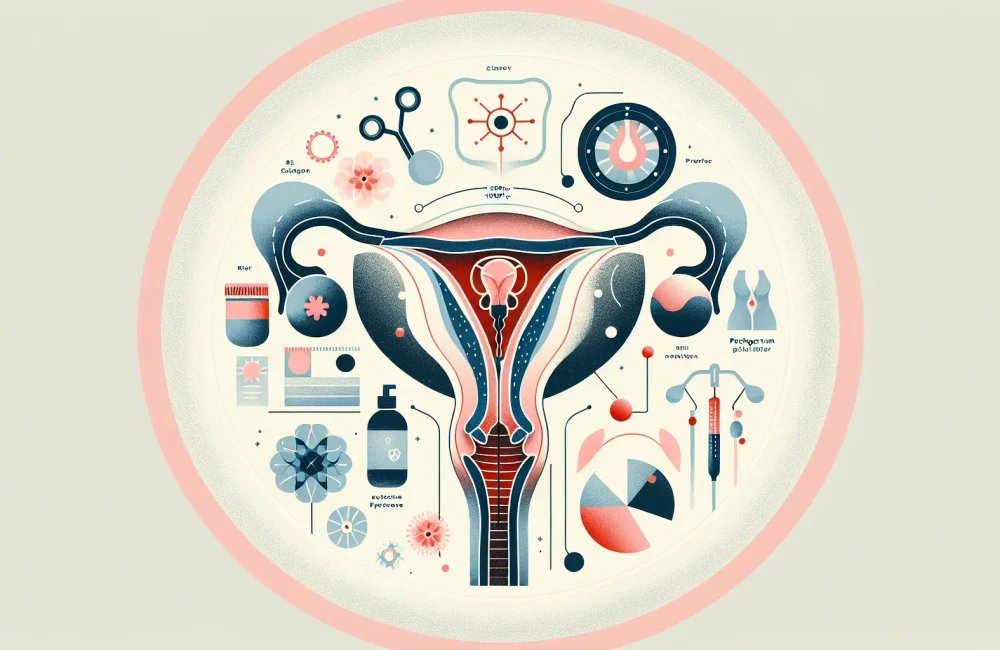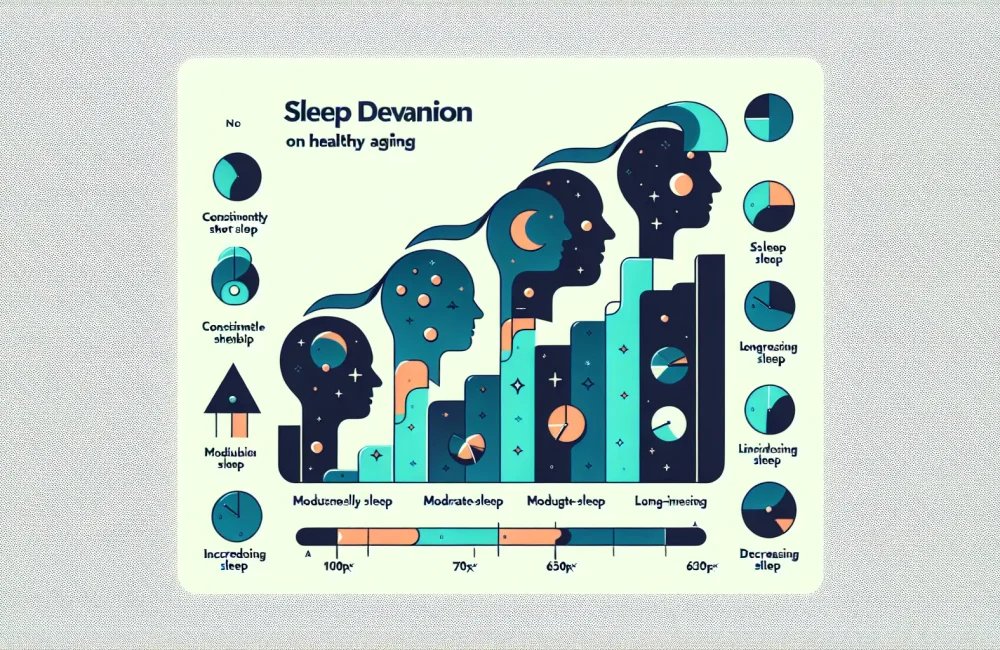By CAFMI AI From Frontiers in Medicine (Open Access)
Understanding Oxidative Stress in Community-Acquired Pneumonia
Community-acquired pneumonia (CAP) represents a major health issue, particularly in older adults, who face higher risks of complications and death. The role of oxidative stress in CAP involves exacerbating lung tissue injury and impairing the immune response, which complicates recovery. Oxidative stress occurs when there is an imbalance between free radicals and antioxidants in the body, leading to cellular damage. In elderly patients, this imbalance is more pronounced due to aging-related declines in antioxidant mechanisms, making them more vulnerable to severe pneumonia outcomes. This review explores the biological mechanisms behind oxidative stress and how it worsens CAP by damaging the pulmonary epithelium and reducing the effectiveness of immune defenses. The presence of oxidative molecules stimulates inflammatory pathways and cytokine production, which may lead to lung tissue destruction, edema, and impaired gas exchange. Understanding these mechanisms adds valuable insight for clinicians managing pneumonia in older patients, highlighting why traditional treatments may need adjuncts that address oxidative damage.
Therapeutic Strategies Targeting Oxidative Stress in Elderly CAP Patients
The clinical implications of managing oxidative stress in CAP involve several therapeutic strategies that enhance patient outcomes. Antioxidant supplementation is one promising approach, involving agents such as vitamin C, vitamin E, and N-acetylcysteine, which help neutralize free radicals and reduce oxidative damage. These supplements may work synergistically with antibiotics to improve lung healing and immune function in older adults. Additionally, targeting redox-sensitive signaling pathways—key regulators of oxidative stress responses—represents an innovative therapeutic avenue. Modulating these pathways can reduce inflammation and limit tissue injury, potentially improving respiratory function and decreasing the need for prolonged ventilation support. Lifestyle interventions, including optimized nutrition and exercise tailored to elderly patients, also support antioxidant defenses and help mitigate oxidative stress. Importantly, clinical strategies should be personalized, taking into account each patient’s oxidative stress status, comorbidities, and overall functional capacity. This precision medicine approach recognizes that oxidative stress levels vary among individuals and that a one-size-fits-all treatment is suboptimal for elderly CAP patients. These insights encourage clinicians to adopt a multifaceted and individualized treatment plan to reduce pneumonia severity and enhance recovery.
Clinical Implications and Future Directions in CAP Management for Older Adults
Incorporating oxidative stress modulation into clinical practice offers significant potential to improve morbidity and mortality for elderly patients with CAP. Clinicians should consider oxidative stress as a key factor when assessing disease severity and treatment response. Current CAP guidelines may benefit from integrating oxidative stress biomarkers as tools for risk stratification and monitoring. Recognizing red flags that suggest excessive oxidative damage—such as prolonged hypoxia, systemic inflammation, and failure to resolve symptoms—can prompt timely intervention with antioxidant therapies and supportive care. Patient counseling is critical, emphasizing adherence to antioxidant-rich diets and physical activity to strengthen endogenous defenses. Additionally, follow-up care protocols should include evaluating oxidative stress markers to track recovery and prevent complications. Primary care workflows may incorporate screening for oxidative imbalance as part of routine pneumonia management in elderly populations. Future research should focus on large-scale clinical trials to better define optimal antioxidant regimens and to explore the combination of oxidative stress modulators with standard antibiotic therapy. Addressing limitations such as variability in oxidative stress measurement and patient heterogeneity will enhance the translation of these strategies into standard care. Overall, focusing on oxidative stress modulation represents a promising paradigm shift in managing CAP among older adults, aiming to decrease hospitalization durations, reduce healthcare costs, and improve quality of life for this vulnerable group.
Read The Original Publication Here






